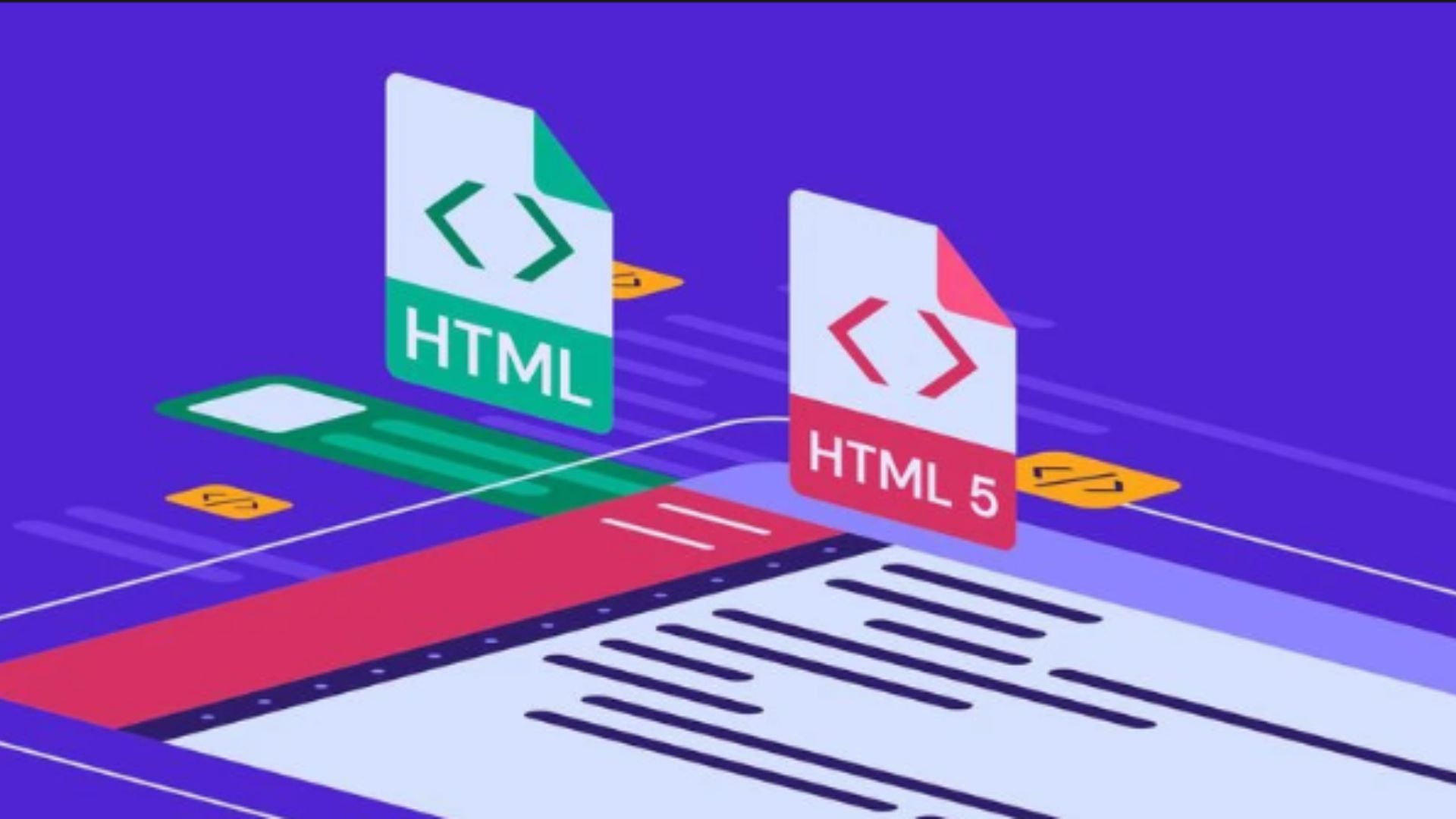Progressive Web Apps (PWAs) are revolutionizing the way we interact with the web. They bridge the gap between traditional websites and native apps, offering an unparalleled user experience. By leveraging the strengths of both worlds, PWAs deliver high-performance HTML experiences that are fast, engaging, and accessible even in offline scenarios.

Unveiling the Advantages of PWAs
PWAs boast a multitude of benefits that make them a compelling choice for businesses and developers alike. Here’s a closer look at some of the key advantages:
Unmatched Speed and Performance
PWAs prioritize speed. They utilize service workers, a powerful technology that caches essential app resources locally. This enables lightning-fast loading times, even on unreliable internet connections. Users can access content instantly, leading to a more enjoyable and efficient experience.
Offline Functionality
Unlike traditional websites, PWAs can function even without an internet connection. Service workers can pre-cache critical data, allowing users to access and interact with the app even when offline. This is a game-changer for scenarios where connectivity is limited, such as on airplanes or in remote areas.
App-like User Experience
PWAs deliver a user experience that rivals native apps. They can leverage features like push notifications, home screen icons, and splash screens to create a more immersive and engaging experience for users. This fosters a stronger connection with the brand and encourages repeat visits.
Improved Search Engine Optimization
PWAs are inherently more discoverable than traditional apps. Because they are built with HTML and JavaScript, PWAs are easily indexed by search engines, making them more likely to be found by potential users organically. This translates to increased visibility and brand awareness.
Reduced Development Costs
Compared to developing native apps for different operating systems, PWAs offer a more cost-effective solution. A single codebase can be used to create a PWA, eliminating the need for separate development teams for each platform. Additionally, PWAs don’t require app store approvals, further streamlining the deployment process.
Building High-Performance PWAs with HTML
At the core of every PWA lies HTML. This powerful markup language provides the foundation for creating the structure and content of the app. Here are some key considerations for building high-performance PWAs with HTML:
Optimize for Performance
Minify HTML code to remove unnecessary characters and whitespace. Leverage browser caching mechanisms to store frequently accessed resources locally. Prioritize critical content above the fold to ensure a fast initial load.
Embrace Service Workers
Service workers are essential for enabling offline functionality and push notifications. Utilize them effectively to cache essential resources and manage network requests efficiently.
Prioritize Responsive Design
Ensure your PWA adapts seamlessly across different devices and screen sizes. Utilize responsive design principles to deliver an optimal user experience regardless of the platform.
Accessibility is Key: Incorporate accessibility best practices into your HTML code. This ensures that everyone can access and use your PWA, regardless of their abilities.
Conclusion
Progressive Web Apps are the future of web development. They offer a potent combination of speed, performance, and user engagement, all within the familiar framework of HTML. By harnessing the power of PWAs, businesses can create high-performance web experiences that capture user attention and drive results.

